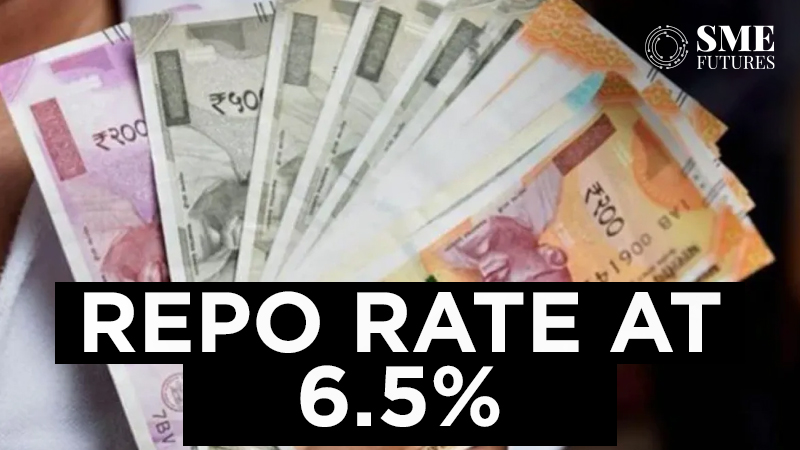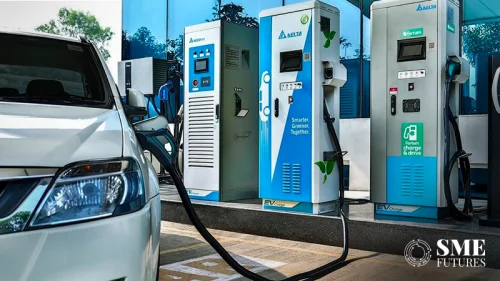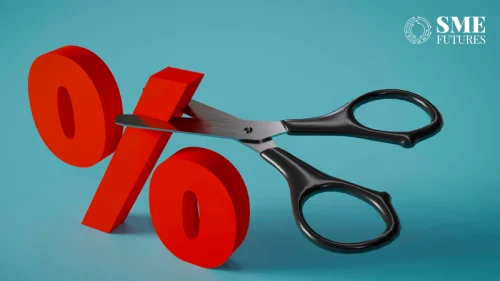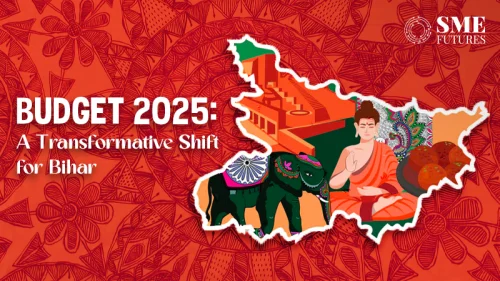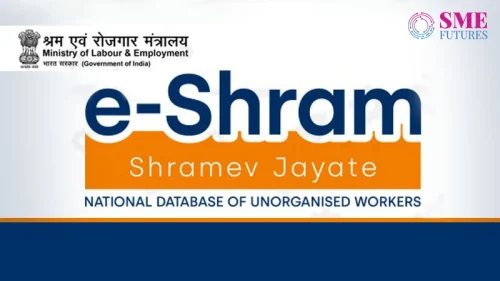The Reserve Bank of India (RBI) on Thursday kept the key policy repo rate unchanged at 6.5 percent for the ninth consecutive meeting, balancing the objectives of accelerating economic growth and controlling inflation. RBI Governor Shaktikanta Das announced that the RBI-MPC’s decision to maintain the repo rate was influenced by the current inflation rate, which has risen above 5 per cent, remaining higher than the targeted level of 4 per cent.
The repo rate, the interest rate at which the RBI lends short-term loans to banks, significantly impacts the cost of loans extended to both corporates and consumers. While a cut in interest rates can spur economic growth by increasing investment and consumption expenditure, it also tends to push up the inflation rate due to the rise in aggregate demand for goods and services.
Despite the country’s annual retail inflation easing to 4.83 per cent in April, it still exceeds the RBI’s medium-term target rate of 4 per cent. The economy’s robust growth rate of 8.2 per cent for 2023-24 provides the RBI with some flexibility to delay an interest rate cut until inflation is more in line with its target, according to economists.
India inc reacting to the announcement said that the RBI’s decision to keep the repo rate unchanged underscores its commitment to balancing economic growth with inflation control. While industry stakeholders had mixed reactions, they largely understand the rationale behind the central bank’s cautious approach.
Siddharth Karnawat, Co-Founder, Blue Sky Capital said it was expected on the sidelines of global uncertainty we are into. With FY25 GDP growth rate estimated at 7.2 per cent and CPI inflation estimate at 4.5 per cent maintained for FY25 but to be noted that concern over stubborn food inflation still exists which seems clearly the focus of RBI.
“Already big banks results showing deposits side pressure and concern over retail loans and RBI was yet again upfront on clearly highlighting that. RBI too indicated money going into markets due to attractive returns and hence banks are facing funding issues. It would be needless to say that currently RBI feels financial market is robust but is proactive to call out as these issues should not become a concern in future. As the focus of RBI always Digital lending RBI proposes to create a public depository of digital lending apps. What is also a good move on ease of doing business is Cheque clearance now will be in hours rather than a couple of days,” he said.
Siddharth Maurya, Founder & Managing Director, Vibhavangal Anukulakara private limited feels the decision is an unequivocal signal about India’s resilient economy and a central bank committed to sustainable growth.
“That continuity automatically impacts personal financial planning. If one has variable rate loans, this stable interest rate environment provides the opportunity for accelerated repayment strategies. Consider this—an additional payment of even 5 per cent of the EMI towards the principal of a ₹50 lakh home loan at 8.5 per cent interest can cut the tenure by almost 2 years, saving more than ₹5 lakhs in interest,”
“On the investment front, even though interest rates for FDs might remain flat, this is the time to consider a systematic investment plan in equity mutual funds. With Sensex and Nifty touching all-time highs and the RBI forecasting robust GDP growth, disciplined investments in equities may deliver significant returns in the long run,” he added.
So, as depicted in the past records data of SIPs, the return on diversified equity funds on average resulting from SIP investments is approximately ranging within 12-15 per cent in a 10-year period. Another positive aspect realised by a stable interest rate is that this is a good time to seek an insurance review especially on term life insurance where rates are expected to remain fairly priced for the future, he said.
Commenting from the real estate perspective, Manoj Goyal, Director, Forteasia realty pvt ltd emphasises that the move will bring stability to the milieu of real estate financing, helping homebuyers in a manner that keeps interest rates on home loans steady at an average of 8.5-9.5 per cent for most banks at the moment.
“For a regular house loan of ₹50 lakhs for 20 years, this will come to an EMI of about ₹44,000 to ₹47,000, depending on the precise interest rate. With the unchanged repo rate and a GDP growth estimate at 7.2 per cent, things have augured well for FY25 in terms of real estate investment, according to the RBI. History suggests that any period where interest rates are stable would normally comprise constant growth in property values. For instance, during the last protracted period of rate stability from 2015 to 2018, the House Price Index showed an average annual growth of 5.8 per cent. This opens up prospects for prospective homebuyers to take balanced decisions without worrying about fluctuating EMIs,” he said.
LC Mittal, Director, Motia Group also feels the same. “With home loan rates steady, the affordability index remains positive for first-time homebuyers. The share of the average home loan payment to income has improved from a high of 61 per cent in FY14 to 43 per cent in FY23, largely due to interest rate stability and rising incomes. This obviously would continue with the present rate stability. While the government’s affordable housing push and a supportive stance by the RBI would have given a fillip surely to this segment, it is quite probably because of price hikes that volumes have not grown so much. Affordable housing—units priced below ₹40 lakhs—accounted for 30 per cent of new launches in the top seven cities in 2023,”
“A status-quo repo rate, along with various government incentives like PMAY, will infuse continuous growth into the affordable housing sector and drive expansion in the overall real estate sector in step with the RBI’s projected 7.2 per cent GDP growth for FY25,” he added.
On the other hand, Anurag Goel, Director at Goel Ganga Developments said that with the RBI retaining its GDP growth estimate at 7.2 per cent for FY25, we can look forward to sustained demand for office spaces, especially in IT hubs and emerging business districts.
“Office space leasing in the top 8 cities increased by 15 per cent YoY in 2023 to 38.2 mn sq ft. A stable rate environment is likely to trigger more long-term leases and property acquisitions by businesses. What is more, catalysed by the pandemic, for e-commerce the boom goes uninterrupted; hence, demand continues to surge for warehousing and logistics spaces, having grown by 47 per cent YoY in 2023 to 51.1 mn sq ft. This trend will be accelerated further as both financing costs and attitude of optimism toward the economy continue unabated,” he said.
Gurmit Singh Arora, National President, Indian Plumbing Association weighing in said that besides housing sector, the move will have a cascading effect on the whole realty ecosystem and allied industries.
“Construction contributes to about 6-8 per cent of India’s GDP, he said; this stability gives predictability to funding costs for projects. On track to reach $1.4 trillion by 2025 in India, stable interest rates take an important seat in this race to growth for the construction sector. Also, the home improvement and interior design sectors get positively impacted with an unchanged repo rate. Stable EMIs will prompt more people to invest in renovations and upgrades,” he said.

